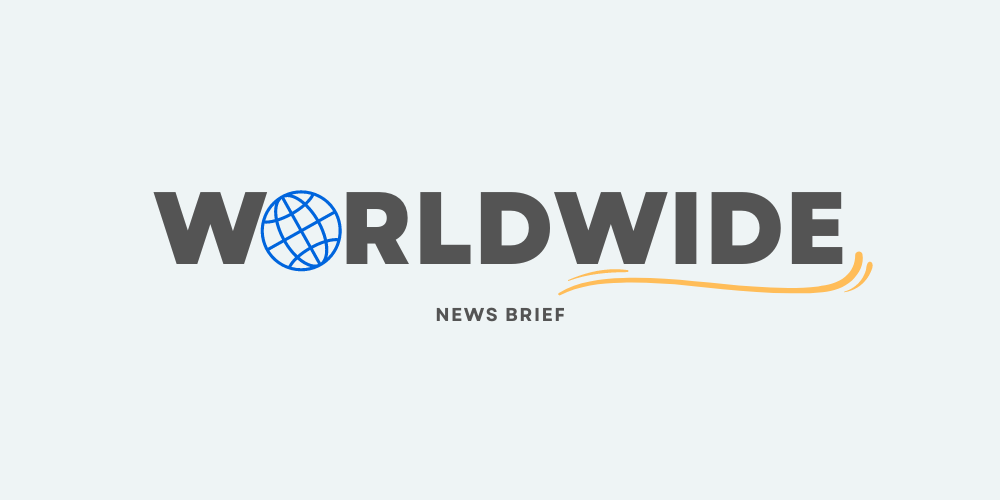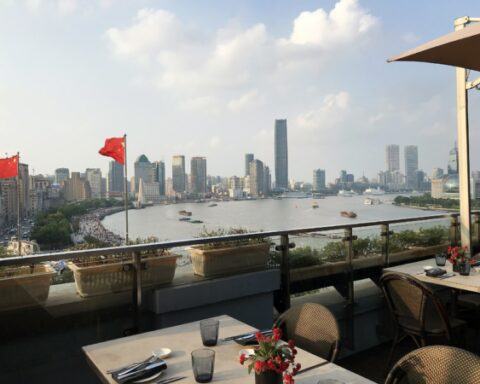Tehran, a sprawling metropolis of more than 10 million residents, is reportedly on the verge of a devastating water crisis as Iran endures its worst drought in decades.
Officials now warn that without immediate rainfall, parts of the capital could face forced evacuation within weeks — an unprecedented failure in one of the world’s most resource-rich nations.
The scale of the collapse is staggering. In 2025, Tehran recorded a 100 percent drop in precipitation compared to the previous year, leaving the region’s reservoirs nearly bone-dry.
The Amir Kabir Dam, once the pride of Iran’s water infrastructure, now holds just 14 million cubic meters of water — a mere 8 percent of its capacity and enough to sustain the city for only two weeks.
Across the five major dams that feed the capital — Lar, Mamlu, Amir Kabir, Taleqan, and Latyan — total reserves are just 8 percent full. Excluding the newer Taleqan Dam, that figure falls to a desperate 5 percent, said Mohsen Ardakani, head of Tehran’s Water and Wastewater Company.
Tehran’s water crisis is part of a much deeper national breakdown — one marked by environmental neglect, state mismanagement, and political repression. The National Council of Resistance of Iran (NCRI) reports that more than 2,000 Iranians have been killed in the 14 months since President Masoud Pezeshkian took power, underscoring what critics describe as a government increasingly focused on maintaining control rather than addressing urgent needs.
“This is a critical situation,” Ardakani warned, noting that the province received just 159 millimeters of rainfall in the last water year — the lowest in a century — and none since September 23. Dam reserves have fallen to 252 million cubic meters, down sharply from 420 million in previous years. With forecasts showing no significant rainfall before December, officials admit that the capital’s water security now depends on dwindling underground aquifers.
At the Karaj Dam, another crucial reservoir, water levels have dropped to 7 percent of capacity. “If it does not rain, we will have to start restricting water supplies in Tehran next month,” Pezeshkian said. “If the drought continues, we will run out of water and be forced to evacuate the city.”
The president’s remarks reflect a rare moment of candor from a regime that has long downplayed its environmental crises, even as decades of corruption, failed infrastructure projects, and mismanagement have left Iran’s water system on the brink. Experts say Tehran’s daily consumption of three million cubic meters leaves virtually no margin for error.
For many Iranians, the crisis symbolizes a broader collapse — one in which natural resources, civil liberties, and hope itself are being steadily drained away. As reservoirs run dry, so too does public faith in a government that seems more intent on silencing dissent than saving its own capital.
The drought may be nature’s doing, but the disaster unfolding in Tehran bears the unmistakable imprint of human failure — and a regime running out of time, water, and credibility.
[READ MORE: Israel Begins Drawdown of Reservists as Cease-Fire Holds, Signaling Shift in Gaza Campaign]






